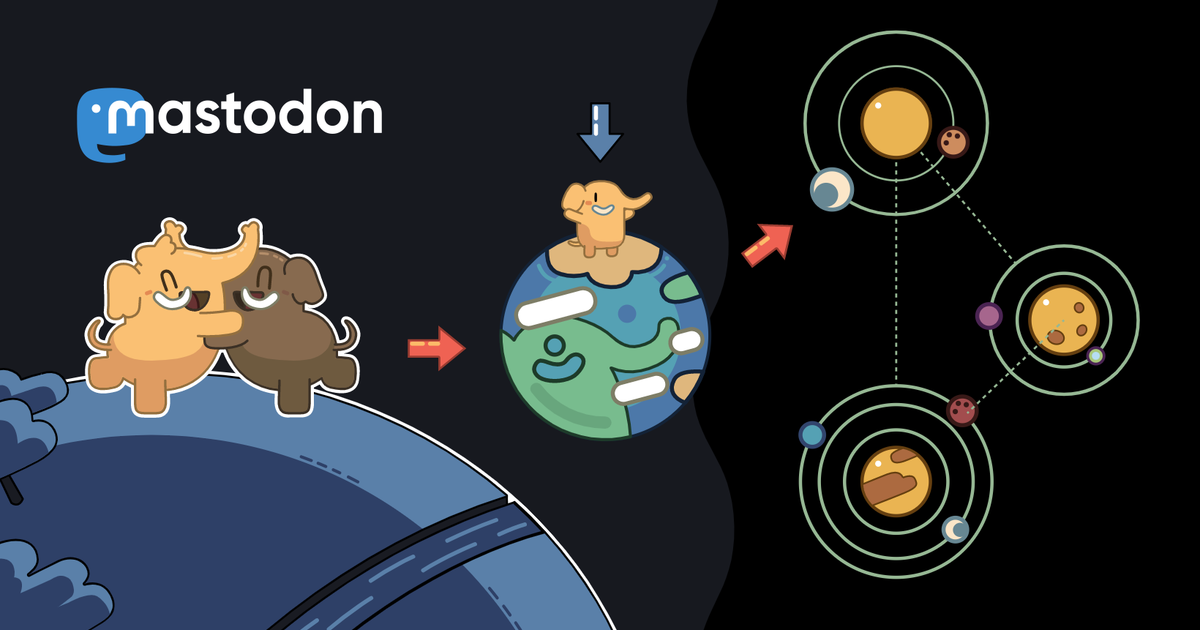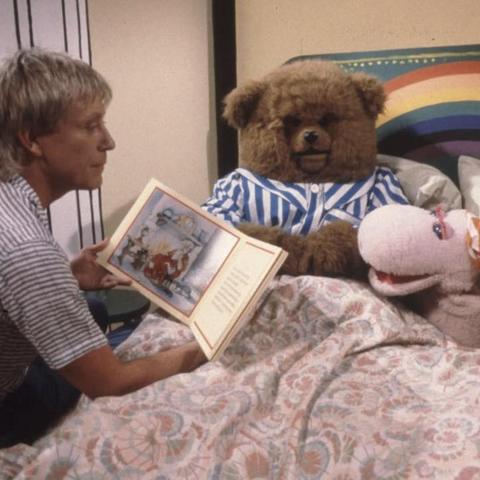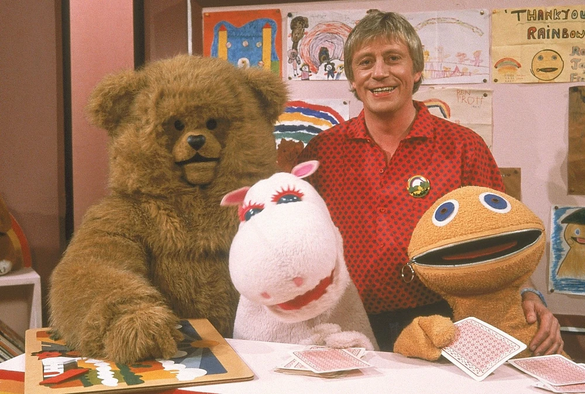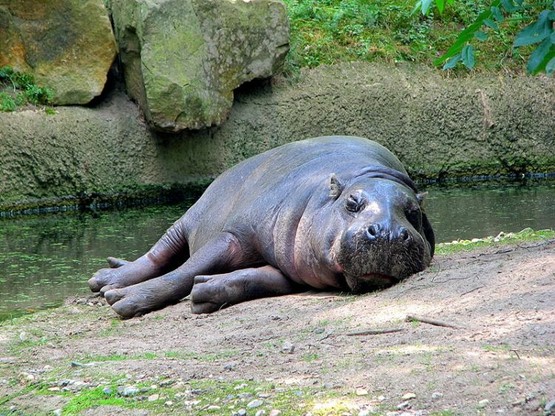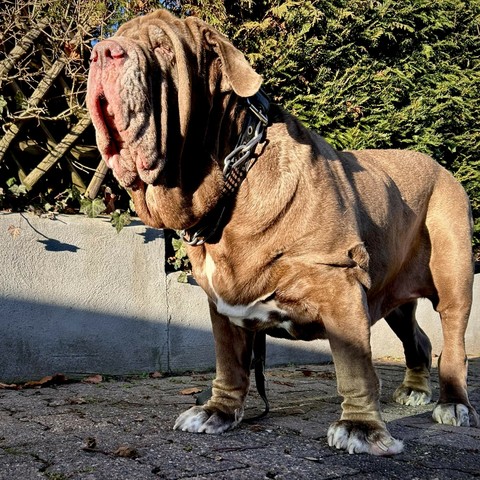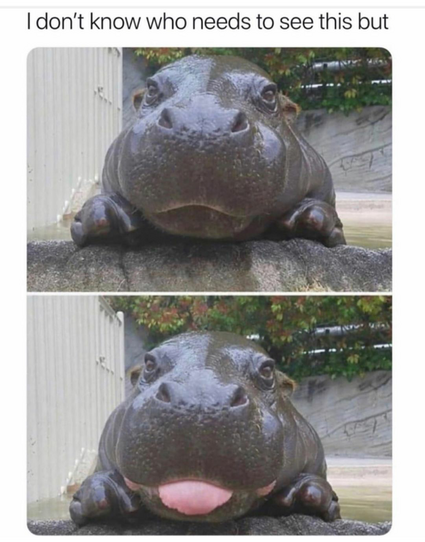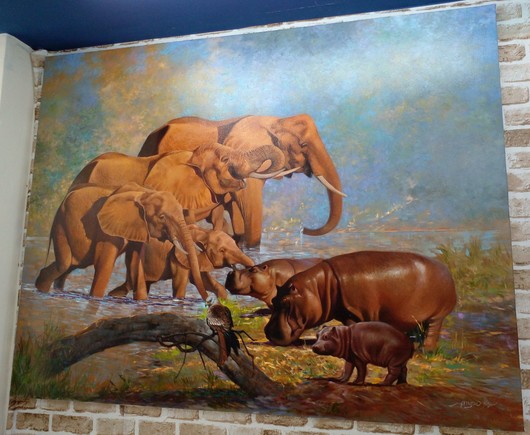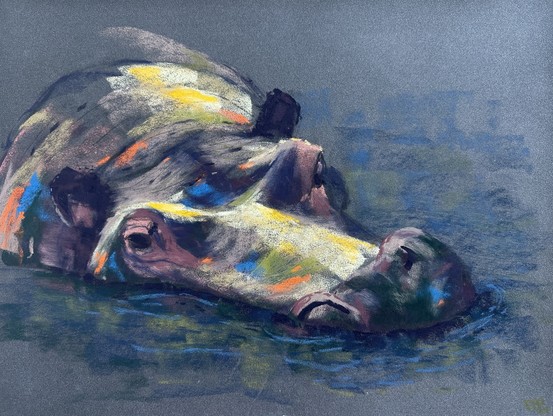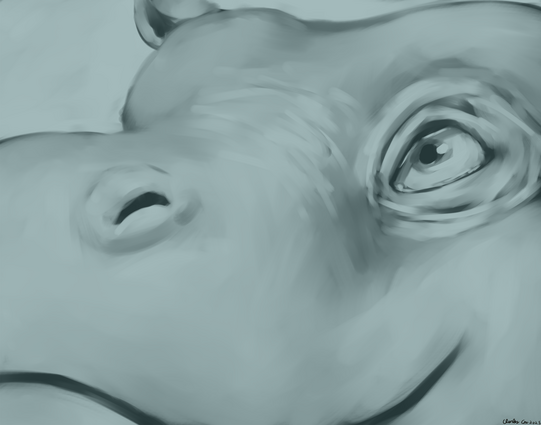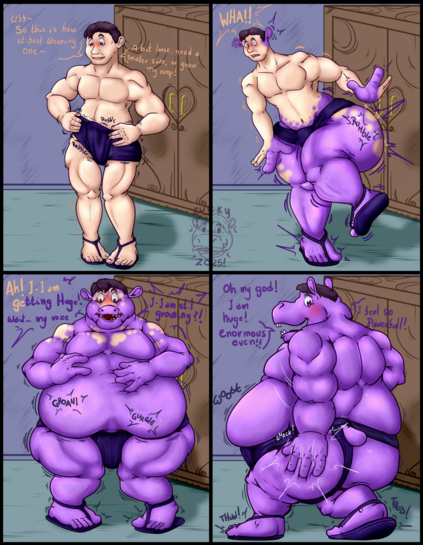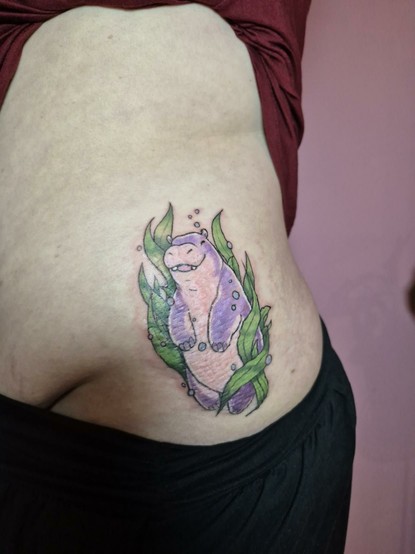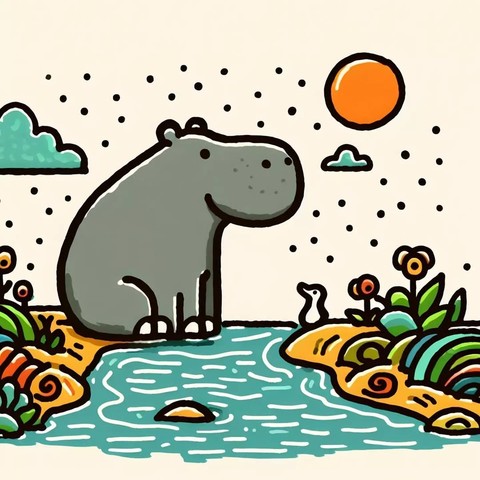Recent searches
Search options
#hippo
in #1970s and #1980s #Britain, we had a kids #TV show called #Rainbow (made by #Thames #Television in #London) with 3 puppet characters (all gendered male) - not only would all 3 share a bed at the end of the night, but the #bear would put on pyjamas (so the rest of the day he was walking around completely naked other than his fur ). Also George the #hippo was pink and had an obviously camp accent
Cutesy #animals like #MooDeng the chubby-cheeked pygmy #hippo lead many to believe #socialmedia shares are correlated to #cuteness - they're wrong. All animals can enjoy the spotlight Protect them when u #Boycott4Wildlife #BoycottPalmOil @palmoildetectives https://wp.me/pcFhgU-974
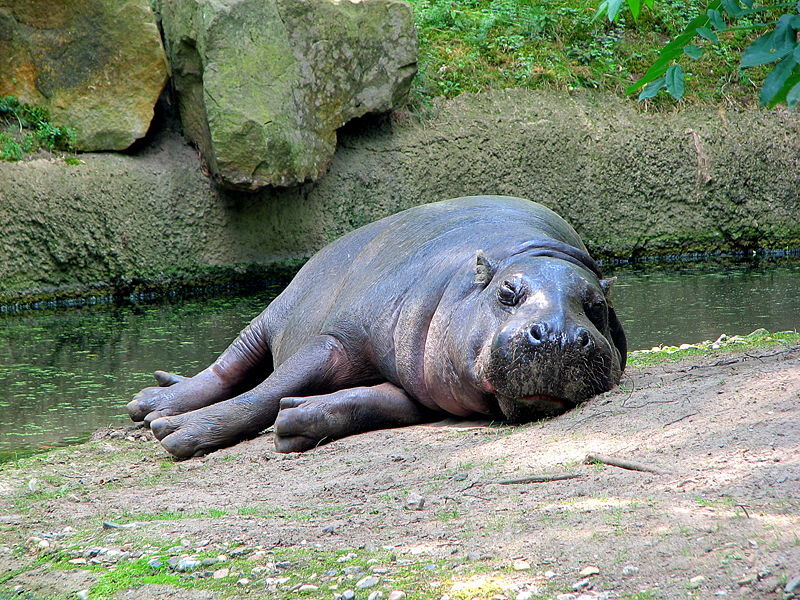
Cutesy #animals like #MooDeng the chubby-cheeked pygmy #hippo lead many to believe #socialmedia shares are correlated to #cuteness - they're wrong. All animals can enjoy the spotlight Protect them when u #Boycott4Wildlife #BoycottPalmOil
http://palmoildetectives.com/2025/03/26/beyond-cute-all-animals-can-become-social-media-sensations/

Beyond Cute: All Animals Can Become Social Media Sensations
In the age of cutesy #mammal sensations like pygmy hippo #MooDeng the chubby, pink-cheeked pygmy #hippo baby – many people believe that social media shares are correlated to cuteness. They are wrong, according to a recent study, more obscure and unusual animals like #insects, #amphibians, #reptiles and #insects can enjoy a generous portion of the social media limelight. Help them every time you shop and #BoycottPalmOil #Boycott4Wildlife
Cutesy #animals like #MooDeng the chubby-cheeked pygmy #hippo lead many to believe #socialmedia shares are correlated to #cuteness – they’re wrong. All animals can enjoy the spotlight Protect them when u #Boycott4Wildlife #BoycottPalmOil @palmoildetect https://wp.me/pcFhgU-974
Cutesy or not: animals can be showcased on social media with the right storytelling and still gain big audience engagement
Remember the popularity contests of high school? Often our athletic, genetically gifted classmates got the most attention: the school captain, the footy team captain, the prom queen. But popularity contests don’t just exist in school. And in the world of conservation, it can be a matter of survival for the “winners” and “losers”.
If we asked you to list every animal species you can think of, chances are that list would be full of mammals and birds, with very few reptiles, fish, amphibians and invertebrates. So why do we focus so much on some species and so little on others?
Our recent study challenges assumptions that people simply find mammals and birds much more engaging than other species. When these neglected species were posted to Instagram by wildlife organisations and researchers, there were no great differences in the likes they attracted.
This has implications for which species we focus on to enlist public support for conservation. A more complete picture of the wildlife around us would help reduce glaring imbalances in conservation outcomes.
Our cognitive bias towards the cutest and fluffiest
For years, we’ve assumed humans engage more with the “cute and fluffy” species – often known as “charismatic megafauna” – and these are the animals that are shown to us on TV, film and advertising. There is evidence to support this preference. People will often choose to donate to mammals and birds over other species, and mammals and birds are mentioned more on social media.
However, mammals and birds make up less than 10% of all animals on Earth. With the media we’re consuming, we’re just not getting an accurate picture of the world of wildlife that surrounds us.
Where this gets worrying is in the fight for species survival. Our planet is in an extinction crisis, with species becoming extinct at extraordinary rates.
However, our focus on mammals and birds means cute and fluffy animals receive more research attention and funding. Conservation outcomes for these species are better than for reptiles, amphibians and invertebrates. Tellingly, 94% of all threatened species on the IUCN Red List are reptiles, fish, amphibians and invertebrates.
Do people really prefer charismatic megafauna?
Our study suggests this issue may be more complex than first thought. Many Australian conservation organisations use social media platforms, such as Instagram, to share their work and connect communities with wildlife. But in the busy, ever-updating world of Instagram feeds, which images are the most effective at grabbing someone’s attention?
We set out to examine which Australian wildlife species were most often posted to Instagram and which had the highest levels of engagement. Based on the belief that people will engage more with charismatic megafauna, we expected mammals and birds to be shown more frequently and to elicit higher engagement than the “creepy crawlies” such as amphibians and insects.
We analysed 670 wildlife images posted to Instagram by wildlife organisations and research group accounts in 2020 and 2021. For each image, we noted the species posted in the image. As a measure of engagement, we recorded the number of “likes” the image received in proportion to each organisation’s follower count.
An example of the Instagram posts that were analysed, and the information collected. Meghan Shaw, CC BYWhat did the study find?
Our results were surprising and provide hope for the future of underrepresented wildlife.
Although the majority of wildlife images posted to Instagram by these conservation organisations were of mammals and birds (73.7% to be precise), our analysis of image engagement uncovered a surprising and promising trend. Mammals were, indeed, more engaging than other species, but only by a tiny amount. We found birds, reptiles, invertebrates, amphibians and fish were all equally as engaging for Instagram users.
The amount of engagement posts featuring each group of animal (taxon) received. Categories that do not share letters are significantly different from each other, e.g. mammals (b) received higher engagement than invertebrates, birds and reptiles (a) but not molluscs, fish or amphibians (ab). All significant differences were relatively small (1-2%). Author provided, CC BYAre we ready to sympathise with weird bugs?
Perhaps it is time to give our creepy crawlies more of the media limelight. The more we see a wide diversity of animals, the more likely we are to support their conservation.
The Theory of Repeated Messaging suggests when we are repeatedly exposed to something, we are more likely to become familiar with, engage with and support it. Research has shown when we put effort into promoting underrepresented species, we can improve their chances of receiving a public donation by 26%.
Will we come to love the hibiscus harlequin bug (Tectocoris diophthalmus)? Magdalena_b/FlickrOur findings suggest the media and conservation organisations can promote endangered species across all walks of life – from lizards to bugs and fish to frogs – without compromising viewer engagement. This will increase our knowledge of the amazing diversity of animals that we share this planet with. In turn, this will lead to underrepresented species receiving more of the conservation support they need to survive.
Zoos Victoria is already leading the way. The endangered native golden-rayed blue butterfly features in the new Totes for Wildlife campaign to conserve its natural habitat.
Perhaps we tend to prefer mammals and birds because we see them more, and not just because they look a certain way. After all, beauty is in the eye of the beholder.
Written by Meghan Shaw, PhD Student in Conservation Social Science, Deakin University; Bill Borrie, Associate Professor, Environmental Management and Sustainability, Deakin University; Emily McLeod, Senior Social Science Research Manager, Zoos Victoria, and PhD Candidate, The University of Queensland, and Kelly K Miller, Associate Professor of Environment and Society, Deakin University This article is republished from The Conversation under a Creative Commons license. Read the original article.
ENDS
Learn about other animals endangered by palm oil and other agriculture
Global South America S.E. Asia India Africa West Papua & PNGSunda Clouded Leopard Neofelis diardi
Glaucous Macaw Anodorhynchus glaucus
Attenborough’s Long-Beaked Echidna Zaglossus attenboroughi
Nancy Ma’s Night Monkey Aotus nancymaae
Maned Wolf Chrysocyon brachyurus
Tufted Ground Squirrel Rheithrosciurus macrotis
Learn about “sustainable” palm oil greenwashing
Read more about RSPO greenwashing
Lying Fake labels Indigenous Land-grabbing Human rights abuses Deforestation Human health hazardsA 2019 World Health Organisation (WHO) report into the palm oil industry and RSPO finds extensive greenwashing of palm oil deforestation and the murder of endangered animals (i.e. biodiversity loss)
Read moreTake Action in Five Ways
1. Join the #Boycott4Wildlife on social media and subscribe to stay in the loop: Share posts from this website to your own network on Twitter, Mastadon, Instagram, Facebook and Youtube using the hashtags #Boycottpalmoil #Boycott4Wildlife.
2. Contribute stories: Academics, conservationists, scientists, indigenous rights advocates and animal rights advocates working to expose the corruption of the palm oil industry or to save animals can contribute stories to the website.
Mel Lumby: Dedicated Devotee to Borneo’s Living Beings
Anthropologist and Author Dr Sophie Chao
Health Physician Dr Evan Allen
The World’s Most Loved Cup: A Social, Ethical & Environmental History of Coffee by Aviary Doert
How do we stop the world’s ecosystems from going into a death spiral? A #SteadyState Economy
3. Supermarket sleuthing: Next time you’re in the supermarket, take photos of products containing palm oil. Share these to social media along with the hashtags to call out the greenwashing and ecocide of the brands who use palm oil. You can also take photos of palm oil free products and congratulate brands when they go palm oil free.
https://twitter.com/CuriousApe4/status/1526136783557529600?s=20
https://twitter.com/PhillDixon1/status/1749010345555788144?s=20
https://twitter.com/mugabe139/status/1678027567977078784?s=20
4. Take to the streets: Get in touch with Palm Oil Detectives to find out more.
5. Donate: Make a one-off or monthly donation to Palm Oil Detectives as a way of saying thank you and to help pay for ongoing running costs of the website and social media campaigns. Donate here
Pledge your supportI have a lot of trouble seeing well enough to make out what 99.9999999% of emojis are supposed to be, which is why anyone who reads my posts/responses will likely be vaguely aware that I tend to use a VERY limited range of them.
But I am pleased to discover that a #hippo does indeed exist!
#HouseHippo
#cdnelxn
#Canada
#cdnpoli
#abpoli
#ElbowsUp
#disinformation
#Design #Guidelines
HiPPO effect in product design · Ways to reduce high-level influence on design https://ilo.im/162qb5
_____
#Business #Enterprise #Stakeholders #Hippo #Authority #DesignTeam #ProductDesign #UxDesign #UiDesign #WebDesign
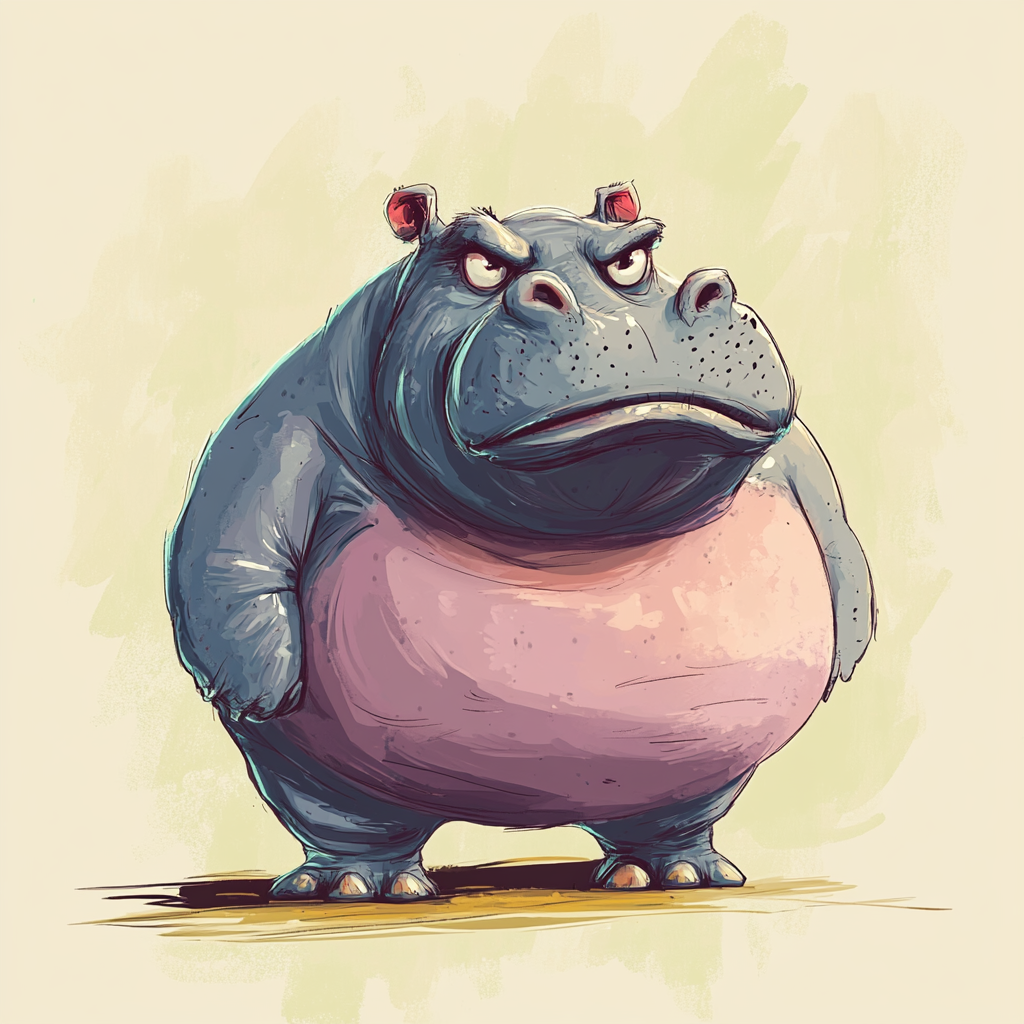
If anyone out there would like to invite this beautiful scene into their home, please let me know, it is done with oil paint on canvas & is nice and large sized ----
Baby Hippos | 'Baby Animals Series' | Extended #8.1
Witness the early days of baby hippos, or calves, as they navigate life’s waters under their mother’s devoted care. From playful dips to serene moments of quiet strength, their journey reflects nature’s harmony—resilience and tenderness intertwined.
Watch here:
https://TPC8.short.gy/IEsRdFZT
Long before chubby #MooDeng the baby pygmy #hippo chonk became an #socialmedia sensation, #Liberia's #forests were being pulped for #palmoil #cocoa and #tobacco #agriculture
Help her and 1000s of others to survive! Be #Vegan and #Boycott4Wildlife
http://palmoildetectives.com/2021/02/15/pygmy-hippopotamus-choeropsis-liberiensis/
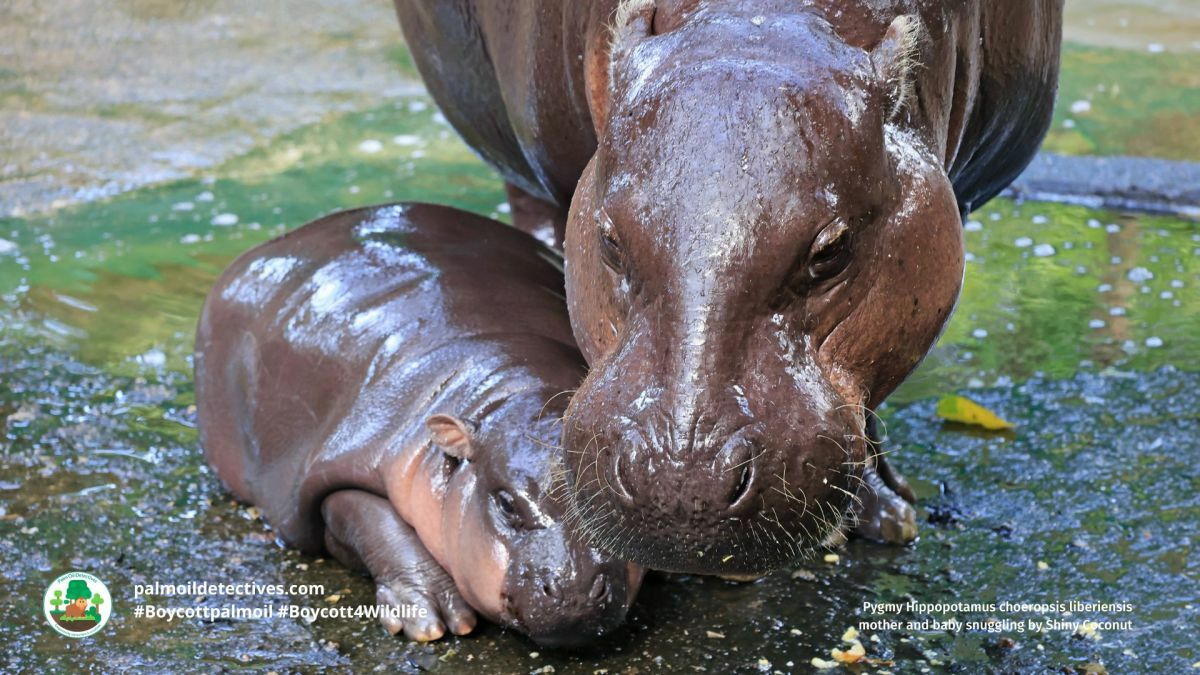
A hippo up close and personal from the same South Africa vacation as the elephant a few years ago.
Soft pastels on anthracite Pastelmat
30x40 cm
Available
#pastel #softpastel #softpastelpainting #softpastels #pastellist #animal #hippo #animalart #fediart #artwork #painting #artgallery
Commission for @greeny_woof If you want to be a Sumo Wrestler you really need to look the part! Thanksfully, You can find enxhanted clothes that does the Job. Those would make you look like your Hero, Kozo in a Snap! #TFEveryday #Wolfaroart #Weightgain #Hippopotamus #Transfur #Transformation #Muscle #Belly #Fat #Giant #Kozo #Hippo #Sumo #Anthro
Hip hippo hurray!! Finished up this lil hippo for Raven with colour! Thank you so much for trusting me with this buddy, and for the chill times!!
️ Bookings are OPEN for custom and flash tattoos! Book via link in bio, or email!
️
The forest habitat of the beautiful pygmy #Hippo of #Guinea #Liberia
#Africa is being razed for #palmoil and other crops. They now endangered. Such a beautiful creature deserves to be saved! Fight back and #BoycottPalmOil
#Boycott4Wildlife
http://palmoildetectives.com/2021/02/15/pygmy-hippopotamus-choeropsis-liberiensis/

World Hippo Day is celebrated on 15 February every year, serving as an opportunity to raise awareness about the plight of hippos and promote conservation efforts for their protection. Also a great little ditty sung by John Lithgow. #doodle #worldhippoday #hippo #hippopotamus

